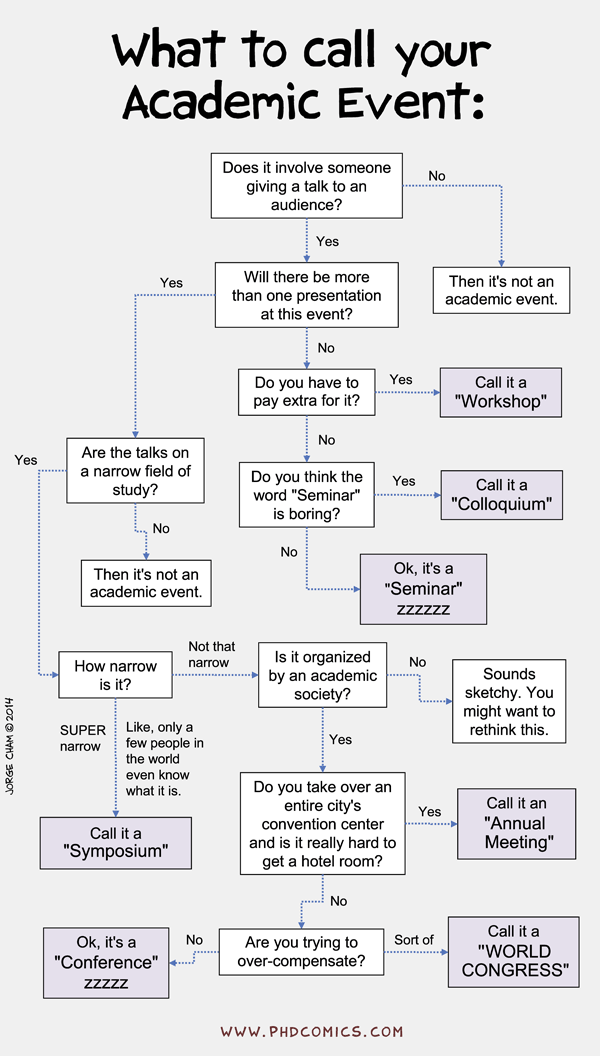Bardzo poważny to problem…

Różne informacje z kraju i świata nauki
Centrum Wiedzy i Informacji Naukowo-Technicznej zaprasza na wystawę książek zagranicznych.
Wystawa czynna będzie w dniach 13-15 maja 2014 r. w sali ekspozycyjnej nr 003 w gmachu D-21 (Plac Grunwaldzki 11).
Czas trwania wystawy:
13 maja w godz. 12:00 – 17:00
14 maja w godz. 9:00 – 17:00
15 maja w godz. 9:00 – 16:00
Używamy ciekłego metalu w swoich konstrukcjach. W cytowanym artykule został on użyty do naprawy uszkodzonych połączeń nerwowych.
In this article, the liquid metal GaInSn alloy (67% Ga, 20.5% In, and 12.5% Sn by volume) is proposed for the first time to repair the peripheral neurotmesis as connecting or functional recovery channel. Such material owns a group of unique merits in many aspects, such as favorable fluidity, super compliance, high electrical conductivity, which are rather beneficial for conducting the excited signal of nerve during the regeneration process in vivo.
Interesujące odkrycie naukowców z University of Virginia pozwalające konstruować znacznie silniejsze niż dotychczas magnesy.
The team of physicists and materials scientists have discovered a universal law governing the magnetic properties of metamagnets – metal alloys that can undergo dramatic increases in magnetization when a small external magnetic field is applied, such as from a permanent magnet or an electromagnet.
The scientists have discovered that the magnetic effect of apparently all metamagnets is that it is non-linear. When these metamagnets are placed in an initial magnetic field and the field is doubled, they more than double in magnetic strength. This is significant because eventually scientists and engineers likely will harness this unique property for a variety of applications, including refrigeration.
via Newly identified 'universal’ property of metamagnets may lead to everyday uses.
 Firma Comsol organizuje w Warszawie dwa szkolenia dotyczące pakietu COMSOL:
Firma Comsol organizuje w Warszawie dwa szkolenia dotyczące pakietu COMSOL:
 We wtorek, 13 maja odbędzie się we Wrocławiu darmowe seminarium dotyczące mozłiwości symulacyjnych pakietu COMSOL Multiphysics version 4.4.
We wtorek, 13 maja odbędzie się we Wrocławiu darmowe seminarium dotyczące mozłiwości symulacyjnych pakietu COMSOL Multiphysics version 4.4.
Rejestracji można dokonać na stronie: http://www.comsol.de/events/cmw/29451/. Ilość miejsc ograniczona więc należy się spieszyć.
Rozważając różne sprawy zwiazane z nowymi stronami Katedry pozwoliłem sobie wspomnieć o „Znakkomitych stronach, które gdzieś, kiedyś…”
Po tych stronach na naszych serwerach nie został już żaden ślad. Na całe szczęście jest internetowe archiwum. Tak więc prezentuję (z zaświatów) coś co nazywało się SMARTsite (i nawet cieszyło się pewnym zainteresowaniem). Tak strona wyglądałą w 2006 roku. Ale jej początki są wcześniejsze i sięgają roku 2002 (tu zdjęcie z narady technicznej)…
Profesor Krzysztof Maruszewski, który w latach 2006-2007 był dyrektorem Instytutu Materiałoznawstwa i Mechaniki Technicznej, a później rozpoczął pracę w strukturach naukowych Joint Research Center (JRC) poprosił nas o bliższe zaprezentowanie tej organizacji i jej instytutów, czyniąc nas nieomal honorowymi ambasadorami.
Prezentujemy dziś pierwsze, bardzo ogólne, informacje na temat JRC oraz IHCP (Institute for Health and Consumer Protection czyli Instytutu ds. Zdrowia i Ochrony Konsumentów).
Odsyłacze do tych informacji zagościły w menu naszych stron.
Fraunhofer IZM leads the newly started FP7 MATFLEXEND project, which will provide wearable, flexible energy harvesters that can be manufactured in a low-cost printing process, and durable materials for such purpose. First results will be shown at the IDTechEx #energy harvesting & Storage USA 1-2 April 2014, Berlin Germany, USA External Link. IZM will give a talk on integrated micro batteries at the conference and host a conference tour in its facilities.
Applications and Technology
These harvesters will be aimed at smart wearables, including wearables in medical sensing or in other consumer products. The new harvesters will be optimized for the low-frequency timing patterns and low to medium forces that arise in such applications, and thus may be advantageously integrated into consumer garments, or into an active insole for shoes.
Other relevant applications include security clothing; or technical textiles where electronic sensing may be desirable, but cabling is inconvenient or impractical. Future internet of things applications may also benefit from these autarkic power supply components.
MATFLEXEND harvesters will convert mechanical deformation into energy by using an innovative capacitive converter exploiting a capacitor´s deformation: such that capacity changes permit converting mechanical energy into usable electricity; and an energy storage device realized by a lithium-ion battery featuring an inherently flexible design. Advantages sought in the proposed technology include superior energy conversion efficiency and mechanical compliance, as well as manufacturability in a print-like continuous process, thus reducing manufacturing cost significantly.
za pomocą FP7 MATFLEXEND project for flexible energy harvesting devices – Energy Harvesting Journal.